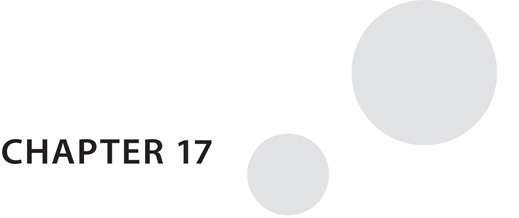

THE LIMITED AREA of activation on the memory-surface is made up of the most excitable units so long as the result is a coherent pattern. High excitability means a low threshold for activation. When the surface is visualized as a jelly model where the area of activation flows to the lower part of the jelly surface, this can be taken as an area with a low threshold. When one is thinking of the columns on the tilting board, then one thinks in terms of high excitability, since the taller the column the more easily is it toppled over. High excitability or low threshold are interchangeable.
Various factors affect the excitability of the units. These factors have been introduced one by one and it might be useful to summarize them here. The most convenient model for this purpose is the tilting board with columns on it. Each factor affecting excitability alters the height of the columns. Some of these additions are permanent, some are temporary and some vary with time. Excitability at any particular moment is given by the height of the column at that moment.
1. If the pattern put onto the surface falls directly on a unit then that unit will have its excitability raised considerably.
2. A unit which is connected to an already activated unit will have its excitability raised. The more connections there are to already excited units the greater the rise in excitability.
3. Each time a unit is activated its excitability is permanently raised by an amount. In contrast to the first two effects, this is a permanent effect. In terms of the column model a new block is added to the height of the column each time it topples over.
4. After a unit has been activated there is a short-term memory effect and the unit remains more excitable for some time. This effect gradually wears off.
All the above effects raise the excitability of a unit. There are two further effects which lower the excitability of a unit.
5. An inhibiting influence which is proportional to the area of activation on the memory-surface decreases the excitability of each unit. (With the column model this is equivalent to the lesser degree of tilt that is required when some of the columns get taller.)
6. Immediately after a unit has been activated there is a sharp decline in excitability (tiring factor). This, however, soon recovers.
At first sight it may seem that the increased excitability of the short-term memory effect is incompatible with the tiring effect which makes an activated unit less excitable. The two effects can, however, be combined. On this page is shown a diagram representing the height of a column from moment to moment. A pattern falls on the unit, its excitability rises and it becomes activated. Then the tiring factor sets in and excitability is depressed below the resting level. The effect is transient and excitability rises to the short-term memory level which is above the resting level. This level slowly declines to a level which is permanently above the initial level.

Fig. 37
In this example it is implied that the changes in excitability are all within the unit itself. They need not be, for they may be in the surroundings as well. Thus short-term memory may take the form of activity in connected units which makes it more likely for activity to return to the original unit. These different effects operating in each unit are sufficient to account for the position and movement of the limited area of activation. And the behaviour of this limited area of activation is sufficient to account for the information-processing carried out by the special memory-surface.